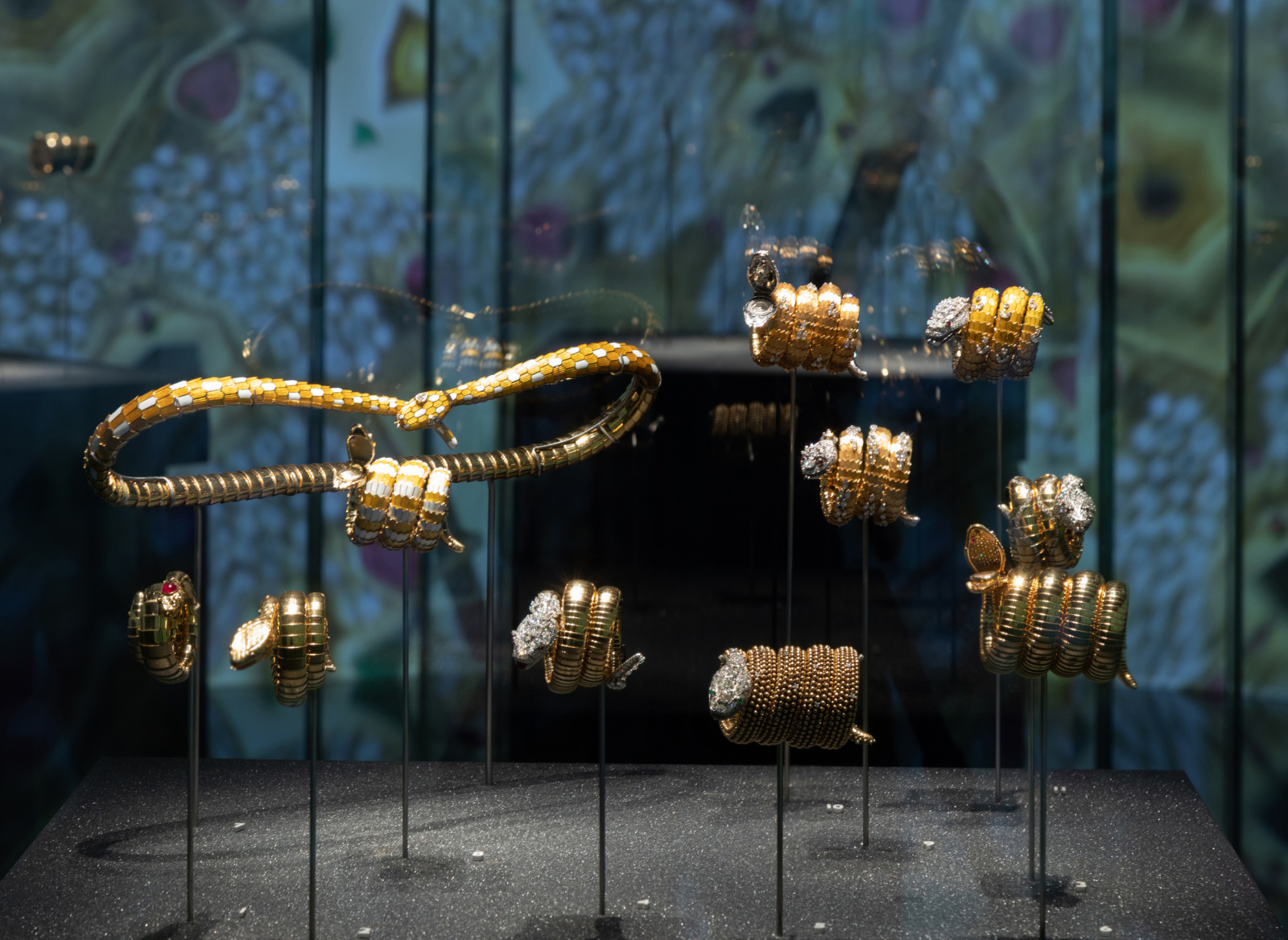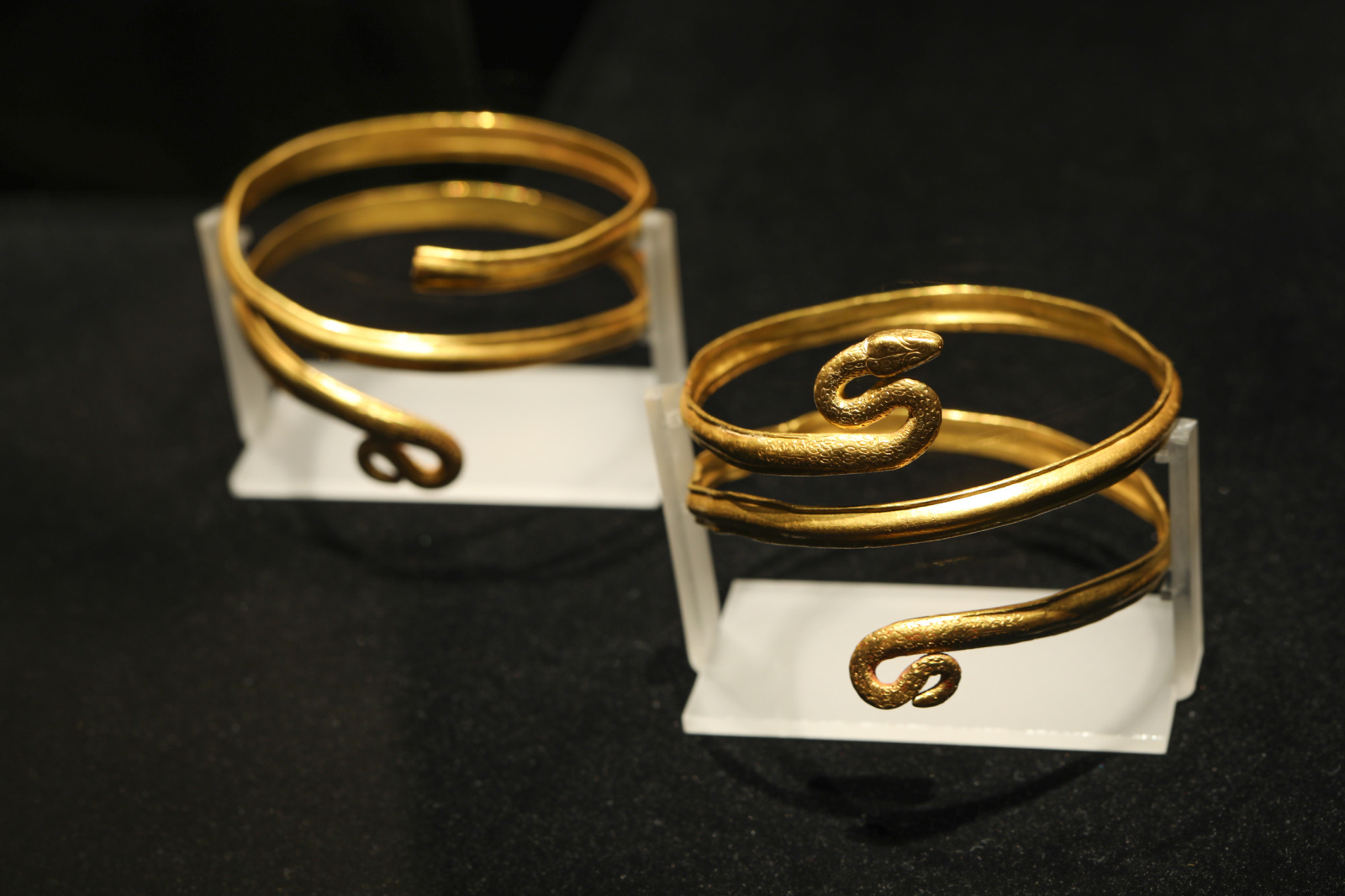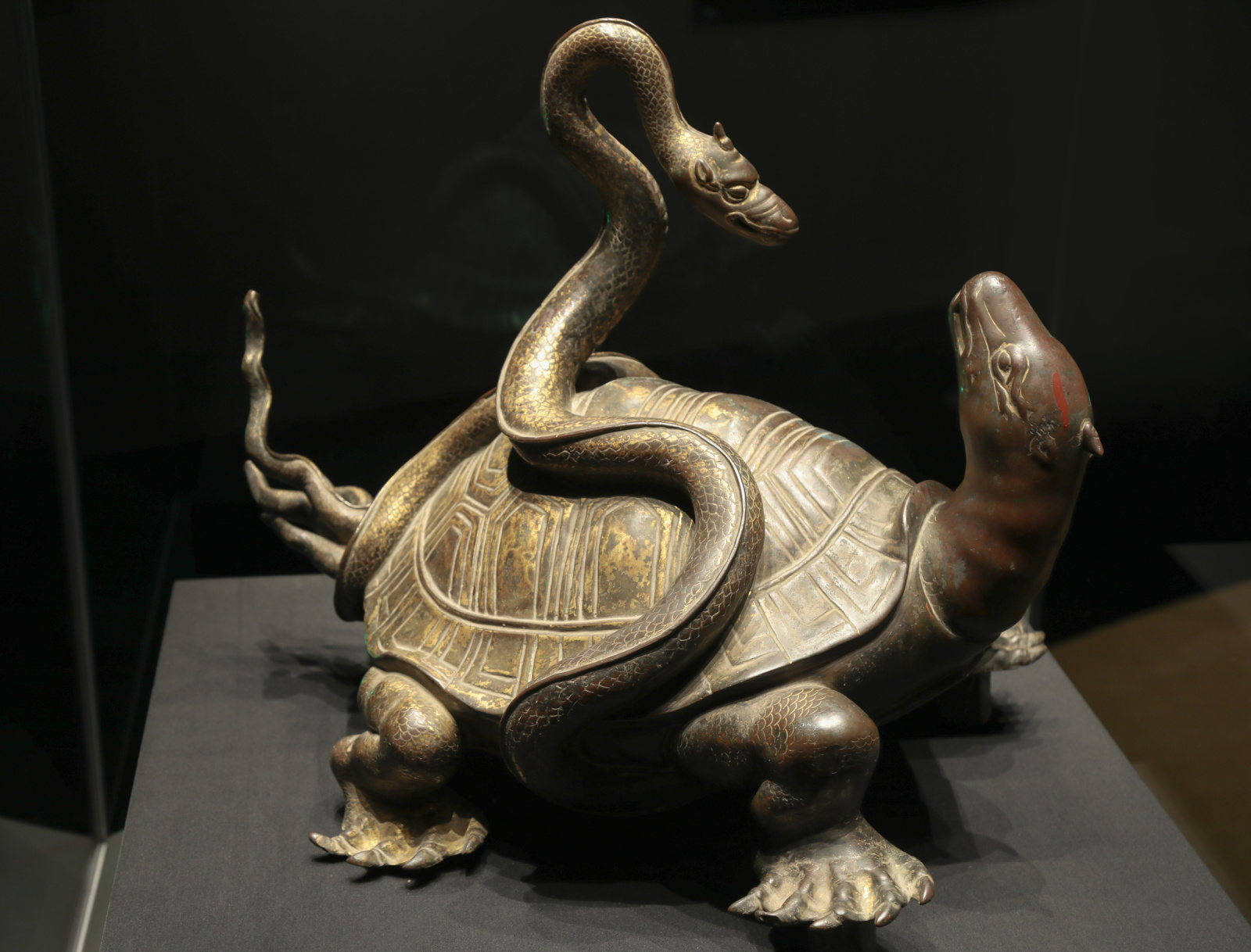Feature | Why BVLGARI Exhibition In Chengdu Attracted 870,000 VisitorsяМ
November 15,2019
When the 118-day Bvlgari SerpentiForm exhibition officially closed in Chengdu on August 25, exclusive data showed that it had attracted 50,000 visitors in just five days since it had officially been opened to the public (for free) on April 30. At closing, the 118-day exhibition had received more than 870,000 visitors based on an average daily number of 7000+ (without accounting for online audience participation). This proves that Bvlgari has succeeded in winning fansт hearts in southwest China through a carefully-planned brand exhibition. Luxe.Co commends Bvlgari for providing a great example of exhibitions of luxury brands in China in the following text;
Chinese - Western Culture Dialogue through "spirit snake"Т
Serpenti creations are important icons of the Bvlgari brand that have permeated every aspect of the brand since the 1940s. Jewelry, watches and bags all have Serpenti elements. Snake totem worship has a long history in the Chinese culture, with snake images appearing across different regions of China and many historical stages.
Therefore, rather than reviewing the brandтs history or using traditional curating ideas based on artists, stars, etc., Bvlgari finally settled on "Serpenti" as the theme of the exhibition, not only to tell consumers the brandтs story, but to create a cultural and artistic communication platform that shows the evolution of the "spirit snake" in Eastern and Western civilizations. In this project, Bvlgari disrupted traditional communication models and provided a background story that connects ancient and modern, as well as Chinese and Western cultures.

Chengdu: Three-year Well-thought Out Decision
When Bvlgari brought the SerpentiForm exhibition to China, the first challenge was localization. Beijing and Shanghai have always been the first choice for luxury brands to hold exhibitions in China, and Bvlgari had already held several exhibitions in those cities. However, this time, Bvlgari abandoned these two "safe options", and instead chose Chengdu to be the first location in China (and the 4th worldwide) for the SerpentiForm exhibition. This was an elaborate and thoughtful decision. With regard to the duration of the SerpentiForm exhibition, it only lasted for one to two months in Rome, Singapore and Tokyo, whereas it lasted for almost four months in Chengdu. More than 180 Eastern and Western art treasures were assembled for the SerpentiForm exhibition in Chengdu, making it the largest exhibition of all.

As a new one-tier city, Chengdu's commercial appeal and fashion index continues to climb. Chengdu's open, diverse and inclusive vibe makes it a gathering place for more trendy young people, which is also attractive to fashion and luxury brands. Moreover, Chengdu is an ancient city with a long history and cultural heritage in addition to its commercial value. Walking the streets and alleyways of Chengdu, visitors can feel the pulse of history and sense its endless charm.
It is worth noting that a relatively niche art and cultural organization was not chosen for the exhibition, but the Chengdu Museum, which has great public influence, so that the exhibition could reach a wider group. During the exhibition, the long line at the entrance of Chengdu Museum became a daily norm for local people in Chengdu, with even more visitors during public holidays. Curator Lucia Boscaini stressed that the museum's collection of ancient Chinese artifacts related to snakes, as well as its deep understanding of snake culture, was one of the most important reasons why Bvlgari finally decided to locate the exhibition in Chengdu.

The Director of the Chengdu Museum, Li Mingbin, revealed that Bvlgari's team had visited the Chengdu museum for a field trip as early as three years ago. It can be seen that the choice of location of the SerpentiForm exhibition was not based on a sudden impromptu decision; rather, Bvlgari had made great preparations and put a lot of energy into it. The two sides mobilized more than 500 staff during the preparation phase of the exhibition, and spent more than 300 days constructing the site and doing other preparatory work. The CEO of Bvlgari, Jean-Christophe Babin, had previously stressed in an interview that he hoped to change the form of traditional exhibitions with the help of Bvlgari's legendary SerpentiForm exhibition.
"Breaking the circle" To Strike A Broader Chord With Chinese Consumers
Bvlgari hoped to reach the wider public with this exhibition, from the existing group who already knew about the brand to the more diverse general public. When talking about the SerpentiForm exhibition tour earlier, curator Lucia Boscaini said, "Every time the exhibition goes to a new place, it is not a copy, but an evolution." 70% of the more than 180 exhibits on display were seen for the first time. In addition to several antiques from Italy, there were also a large number of ancient Chinese relics. Visitors to the exhibition were deeply impressed by the ancient Chinese and Western cultural relics on display, and actively spread its fascination via word of mouth on social media.
The exhibition also presented and was immersed in contemporary art through multimedia interactions that are favored by the new generation. Chinese artists Yang Mian and Sun Hao created special paintings for this exhibition in addition to the works of Joan MirУГ, Alexander Calder and other artists. Two artworks created by the Chinese artist, Wu Jianan, for Bvlgari Rome's new concept store last year were also displayed in this exhibition. These exhibits and forms were intended to resonate with Chinese consumers of different ages, and at the same time, they were intended to break geographical boundaries, promote conversation between Chinese and Western civilizations, and build a bridge for cultural exchange.
The Big Wave ofТ EMV
The CEO of Bvlgari, Jean-Christophe Babin, once described the exhibition as "an educational platform for potential consumers". So, where do these "potential consumers" come from?
1.Skillful use of official communication channels to enhance the star effect
Self-owned communication channels are one of the most direct ways for brands to communicate and interact with consumers, and also the most conducive for brands to speak in their own tone.Т On the day the exhibition opened, 11 celebrities (including Kris Wu) presented from the day's press conference to the night's opening party, bringing the first wave of attention to the brand.
During the exhibition, Bvlgari also specifically launched the official WeChat Mini Program, not only with a visual introduction for each area of the exhibition, but also with audio guides recorded by Bvlgari's three spokespeople, Kris Wu, Shu Qi and Jolin Tsai.Т Т Audiences much more actively posted and shared on social media platforms after the launch of the WeChat Mini Program experience.

2.тInstagram-worthyт spots and KOLs trigger mass communication
In addition, Bvlgari set the "Serpenti" dynamic lighting wall in the exhibition as an area especially suitable for taking photos. This has become a must for every visitor to clock in, and it has also made the exhibition an Instagram-worthy spot for internet influencers. There were more than 750 articles about the exhibition on the RED (Xiaohong) platform alone, and more users visited it and generated content under the sharing of KOLs. So far, there have been more than 2.4 million discussions and over 250 million reads about the topic #SerpentiForm on Weibo.

Conclusion
The Bvlgari SerpentiForm Chengdu exhibition may bring a deeper enlightenment to the industry. An exhibition of luxury brands starts from a cultural foundation, which can help the brands to resonate with the general public via a sense of participation. The communication power and influence of the exhibition itself are closely related to the "cultural thickness" of its content.












Comments